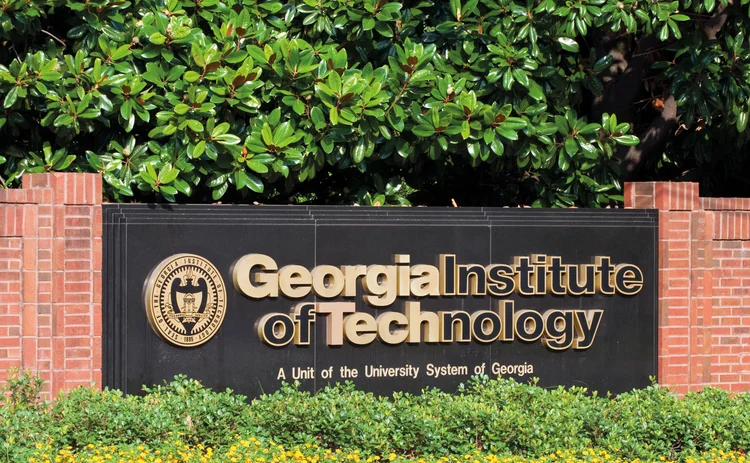
Quant Guide 2021: Georgia Institute of Technology
Atlanta, US

Georgia Tech’s Master of Science in Quantitative and Computational Finance returns to the annual Risk.net Quant Guide after a strong debut last year, in which the programme was one of the highest-ranking new entrants, appearing at 13th place on the leader board – a position it improves on this year by rising to 12th.
The course is taught by faculty from a number of departments at the university, and is led by Sudheer Chava, who says this interdisciplinary approach provides students with a substantial range of optional modules. New courses incorporated in the past year include classes on popular machine learning libraries TensorFlow and PyTorch, and a class tackling quantitative asset management. He adds that students are most keen on the “practice of quantitative finance” module, which involves experiential learning projects.
This year, the master of science reports an employment rate of 100%, with most graduates taking positions in banking or asset management, and an average of 4% moving on to further study. Mean base compensation has risen slightly, up to $94,513 from last year’s $93,105.
The programme has not been immune to the impact of Covid-19, however. Chava says it has seen a disappointing fall in internship placements compared with previous programmes.
“For the past several years, we’ve had 100% placement for internships,” he says. “Unfortunately, because of Covid, that number has reduced to 74%.”
He is hopeful for the next iteration of the programme, however, pointing out that the cohort – which is expected to be large, due to the high number of Covid deferrals, in line with many peers – will benefit from the significant number of new teaching appointments.
“We had an issue with international students coming to the US for the fall 2020 semester, so we have a record number of deferrals to fall 2021,” says Chava. “Fortunately, we’ve doubled the size of our staff this past year, so we should be able to accommodate a larger cohort.”
The programme has brought an impressive 23 new instructors into the fold since the last Quant Guide, bringing the total number of teaching staff to 33.
Only users who have a paid subscription or are part of a corporate subscription are able to print or copy content.
To access these options, along with all other subscription benefits, please contact info@risk.net or view our subscription options here: http://subscriptions.risk.net/subscribe
You are currently unable to print this content. Please contact info@risk.net to find out more.
You are currently unable to copy this content. Please contact info@risk.net to find out more.
Copyright Infopro Digital Limited. All rights reserved.
As outlined in our terms and conditions, https://www.infopro-digital.com/terms-and-conditions/subscriptions/ (point 2.4), printing is limited to a single copy.
If you would like to purchase additional rights please email info@risk.net
Copyright Infopro Digital Limited. All rights reserved.
You may share this content using our article tools. As outlined in our terms and conditions, https://www.infopro-digital.com/terms-and-conditions/subscriptions/ (clause 2.4), an Authorised User may only make one copy of the materials for their own personal use. You must also comply with the restrictions in clause 2.5.
If you would like to purchase additional rights please email info@risk.net
More on Quantitative finance
Quant Finance Master’s Guide 2026
Risk.net’s guide to the world’s leading quant master’s programmes, with the top 25 schools ranked
Baruch, Princeton cement duopoly in 2026 Quant Master’s Guide
Columbia jumps to third place, ETH-UZH tops European rivals
Quant Finance Master’s Guide 2025
Risk.net’s guide to the world’s leading quant master’s programmes, with the top 25 schools ranked
Baruch maintains top spot in 2025 Quant Master’s Guide
Sorbonne reclaims top spot among European schools, even as US salaries decouple
Quant Finance Master’s Guide 2023
Risk.net’s guide to the world’s leading quant master’s programmes, with the top 25 schools ranked
Baruch topples Princeton in Risk.net’s quant master’s rankings
US schools cement top five dominance as graduate salaries soar
Is it worth doing a quant master’s degree?
UBS’s Gordon Lee – veteran quant and grad student supervisor – asks the hard question
Starting salaries jump for top quant grads
Quant Guide 2022: Goldman’s move to pay postgrads more is pushing up incomes, says programme director







